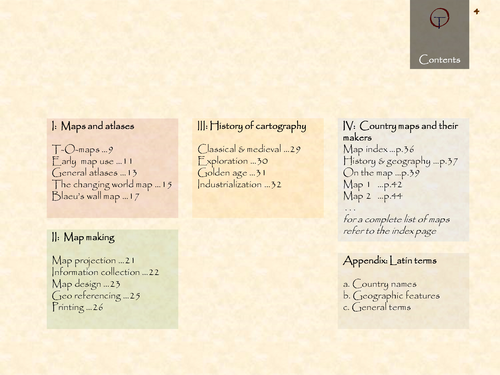






















England in 42 historical maps: 1480-2018 (130 pages).
In medieval times the name England (or Latin Anglia) was often used to identify the entire island of Great Britain. It means “Land of the Angles” and refers to the Celtic people living on the island prior to the Anglo-Saxon conquest. On later maps Anglia was limited to the southern part of the Island, and Scotia (Scotland) identified the Northern part. England was already described by Ptolemy in his Geographia (150AD). The accompanying maps were worked out again by European cartographers at the end of the 15th century. The first (printed) separate maps appeared at the end of the 16th century.
Something went wrong, please try again later.
This resource hasn't been reviewed yet
To ensure quality for our reviews, only customers who have purchased this resource can review it
Report this resourceto let us know if it violates our terms and conditions.
Our customer service team will review your report and will be in touch.